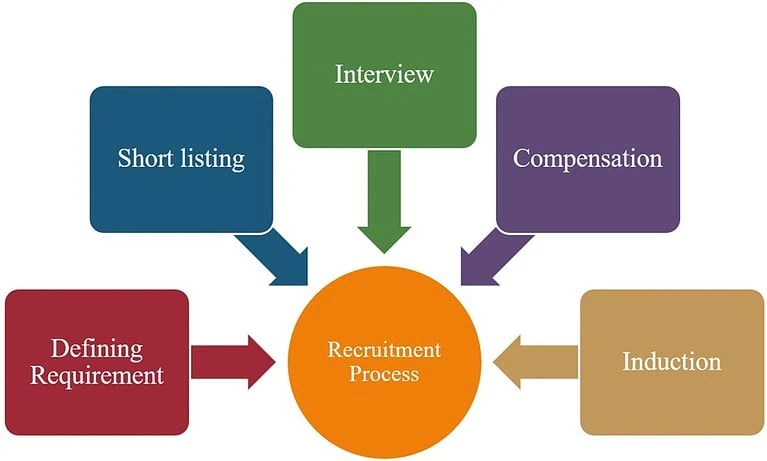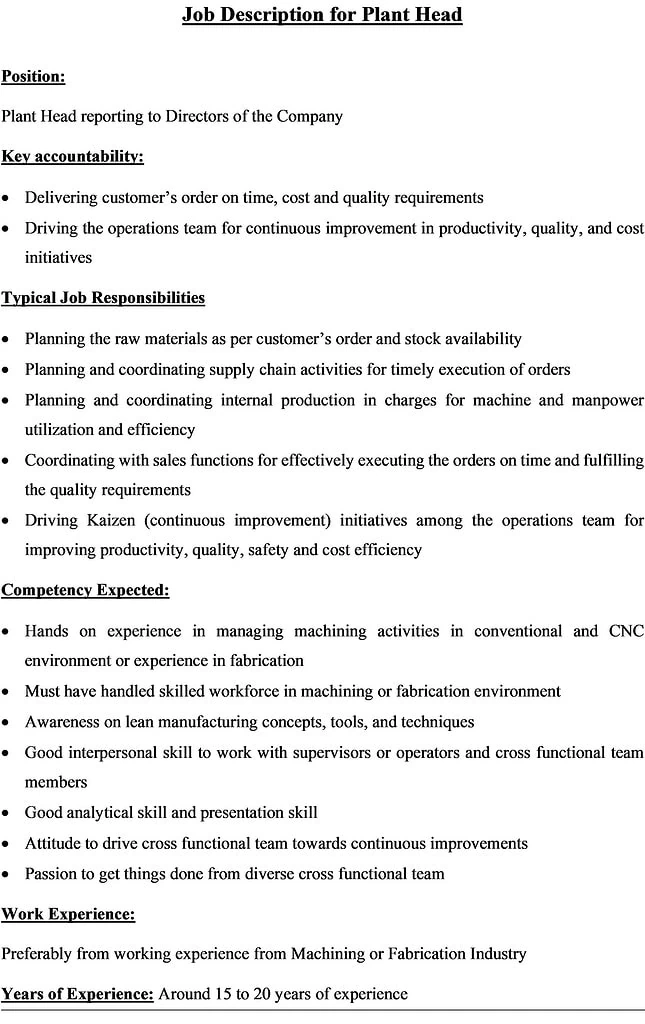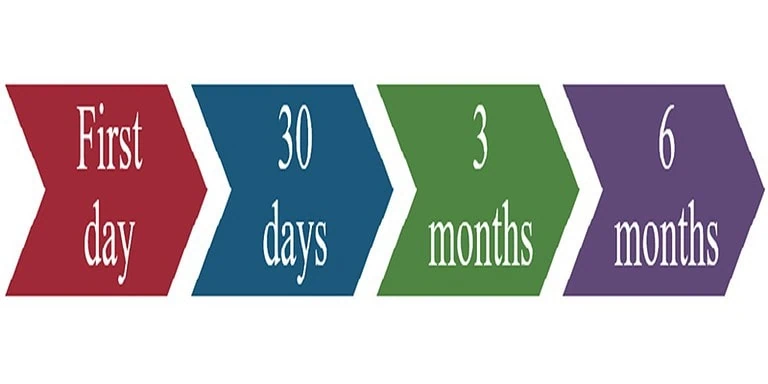Article Contents:
One of the challenges faced by many promoters of small, emerging organizations is finding the right person for the role of CEO or plant head, depending on the organization’s size.
The main aim of hiring a leader is to bring professionalism to the organization and drive its growth beyond the management capabilities of the promoter or family members.
Failure to recruit and place the right person can have significant consequences for the organization.
Successful recruitment means the new business head integrates well within the organization and starts delivering results while considering all stakeholders.
- From a business perspective, the compensation paid to the business head becomes a liability if the business is already struggling with higher expenses compared to earlier stages.
- Lack of alignment in values between the promoter and the new CEO or plant head can cause mental distress for the promoter, leading to feelings of guilt about making mistakes.
- Exit of new CEO or plant head within a short time will have some impact on the organizations stability and confidence among the people.
In this article, i have given my perspectives on improving the recruitment process so that the higher probability of successful recruitment will help the promoter to accelerate the organization’s growth.
When should a small business promoter look for a CEO or Plant head?
For a small business promoter, deciding when to recruit a CEO or Plant Head is crucial for the organization’s growth and stability.
Here are specific situations from the promoter’s perspective that indicate the need for this level of leadership:
1. Scaling up or Managing growth:
When the business is experiencing rapid growth and the existing management team is not able to cope with the growth challenges, a CEO or Plant Head can provide the necessary strategic oversight to manage this growth effectively and also ensure the execution.
2. Strategic Vision and Long-Term Planning:
If the business lacks a clear strategic direction or long-term plan, a CEO can develop and implement a vision to guide the company forward.
3. Diversification:
When considering diversification into new product lines or markets, a CEO with experience in these areas can navigate these complex transitions.
4. Operational Challenges:
Persistent operational inefficiencies and bottlenecks that hinder productivity may necessitate a CEO or Plant Head to streamline processes and improve overall efficiency.
5. Succession Planning:
Preparing for the future by bringing in a CEO to lead the company when the founder plans to step back from day-to-day operations.
6. Professionalizing the Business:
As the company grows in terms of more products, customers and employees, it needs a CEO or plant head to implement professional management practices and structures.
When the company culture needs to change or be enhanced to better align with strategic goals, a CEO can effectively lead these cultural shifts.
For a small business promoter, recognizing the right time to recruit a CEO or Plant Head is essential for ensuring sustainable growth.
Whether it’s for managing growth, addressing operational challenges, improving financial performance, professionalizing the business, or navigating competitive markets, having the right leadership in place can make a significant difference in the company’s success.

Key successful factor for recruiting right CEO or plant head
The organization needs DRIVER than CONDUCTOR:
The small, emerging organizations may lack established systems and processes in all business activities, and their employees often have to handle multiple tasks without specialized expertise in any particular area.
It’s important for someone to take the lead in designing and implementing these systems and processes.
Implementing new initiatives in small businesses requires patience and the ability to work closely with and educate the employees. This effort takes time to yield results.
The CEO, business head, or plant head must have the drive to lead change rather than being content with maintaining the status quo.
Therefore, when recruiting, the promoter should assess the candidate’s attitude towards driving change within the business and working with people.
In many organizations, I have noticed that promoters tend to prioritize candidates with a history of working in senior positions at multinational, reputable organizations.
However, these candidates may be more comfortable working in stable environments rather than in smaller, less structured ones. As a result, conflicts arise shortly after their recruitment.
Therefore, it’s crucial for the promoter to assess the candidate’s aptitude for working as an entrepreneur in small organizations and driving change, rather than simply being effective in established environments.
Clarity on profile description
A well-crafted job or profile description for a CEO or Plant Head is a critical element in the recruitment process for several reasons.
- It serves as the foundation for attracting the right candidates, setting clear expectations, and ensuring alignment with the company’s strategic goals.
- A detailed job description clearly outlines the responsibilities, qualifications, and expectations for the role, attracting candidates who are genuinely interested and well-suited for the position.
- By specifying the skills, experience, and attributes required, the job description helps to filter out unsuitable candidates early in the process, ensuring that only those with the right qualifications apply.
- Also, the clear job description helps third party recruitment agencies to understand the requirement clearly.
- Above all, as a promoter, you will have more clarity about the quality of candidate you are looking for.
Given below sample job description i have drafted to one of my client for plant head and it helped them to recruit the right candidate in a short span of 45 days.

Selection of right sourcing partners
Next step in recruiting process is to choose a right sourcing partner.
The purpose of approaching right sourcing partner is to bring the potential candidate closer to you.
There are many options available today for getting potential candidates.
Possible search partnership :
- Leveraging your networks about the requirements by informing them.
- Job search portals like Naukri, Indeed
- Recruitment Consultants or Headhunting agencies
- Advertisements in print and digital media
- Posting on professional social media like LINKEDIN
Each option has its own advantages and drawbacks.
The ultimate idea for planning the right search partner is to bring quantitative and qualitative candidates to your table.
Shortlisting process
In the shortlisting process, you are narrowing down the potential candidates from the bulk of applications received from the sourcing partners, as discussed above.
Key considerations for shortlisting the candidate for the next important step of the face-to-face interview process.
- Resume review: Conduct a thorough review of resumes to assess relevant experience and achievements required for the plant head or CEO position. Your detailed profile description will help you filter the candidates.
- Pre-Screening Calls: You can have short phone or video calls to verify basic qualifications and gauge the candidate’s initial interest in the position.
- External help: Involve key stakeholders, such as well-wishers and mentors, in the shortlisting process to get different perspectives about the candidate’s profile fit for the job.
- Stakeholder’s view: If you run a family-based business, you can gather input from family members regarding the shortlisted candidates to increase support for your choices.
Interview Process
Conducting an interview is a leadership skill, and one can improve by learning some techniques and gaining practical experience.
The interview aims to select the right CEO or plant head candidate for your organization and drive the organization towards growth and a performance-oriented culture.
Hence, you need to spend quality time getting to know the candidate by listening to them and asking the right questions to validate their fit with your growth aspirations and cultural fit. Once you recruit a candidate, you are responsible for their success. The interview process is the starting point.
Let us discuss some of the ways you can interview to get mutual benefit from it.
I mentioned above that a small organization needs a candidate with the drive aptitude rather than one who maintains the system.
How can DRIVE aptitude be checked during the interview process?
- Make the expectation clear, explain the difference between small and established organizational dynamics, and ask for their comfort in dealing with the challenge.
- Check the past work on initiating change management efforts and turnkey experiences.
- Prompt them to share their experience working in an ambiguous environment and their success and failure stories.
Check the Business Acumen of the candidate:
Since the new business head or CEO is expected to work at a higher level, the promoter must check the candidate’s business acumen in the CV or during the interview.
Business acumen means aptitude towards business profitability, growth, and sustainability factors. Most people have worked in any function and acquire more profound knowledge and experience in a particular domain.
The new position is expected to have both functional and business acumen together.
For example, one person might have solid expertise in OPERATIONS throughout their career. If you expect him to drive marketing, sales, and P&L, they may find it difficult unless the person is open to learning quickly and adapting to the new requirements.
I know that in one of the organizations, a person with solid sales experience was appointed CEO of the business, in which engineering and manufacturing are critical functions for increasing sales.
However, the new person finds it difficult to drive the engineering and manufacturing team and struggles in his core sales function because of the internal environment.
This scenario is not good for both people and the organization.
This does not mean people with core functional domains cannot successfully manage the business.
It just needs passion, interest, willingness to unlearn and learn new things, and the ability to give up some strength to gain new strength.
Hence, check the candidate’s business acumen when looking for a business head.
Understand the background of the candidature:
During the interview, spend quality time understanding the candidate’s background in terms of family, age, the intention behind the shift to a small size organization, and the financial background to some extent possible. This probe will clarify the probability of a person staying in the organization.
Also, the promotor can check the person’s short—and long-term career plans and ask his consent to stay in the organization for a minimum of three years.
In today’s scenario, given the opportunity, we can not force or predict the stay duration, but having an open discussion during the one-to-one conversation helps ensure continuity.
Frequent changes at a higher level will affect the organization’s stability and slow progress.
Compatible check with your organization’s culture:
Checking the compatibility with your organization’s culture is tricky, and the intention is to be questioned. The new business head or CEO is recruited to change the work culture and business practices.
As a promoter, if you expect to continue the same culture even under the new business head, that will bring conflict.
However, the point needs to be understood in a proper, balanced context.
As an organization, you have some good practices in terms of culture and some areas that need to be changed, as you perceive it as a poor culture for business growth.
Hence, you need to check the compatibility with some of the right practices.
For example,
You are a soft-spoken person who respects all individuals, is involved in the decision-making process, and looks for the long term, even if it involves loss in the short term. These are the same things you might have taught your organization as a culture.
Now, you can check with the candidate about the compatibility of those parameters by checking his past work experience, asking him to share his approach to dealing with some challenges, narrating your recent incident, and checking his thought process.
Those conversations during the interview will give an idea about the personal ideology behavior.
Understanding the person’s attitude during the interview is very difficult, and this skill must only be learned by experience.
The point is that as a promotor, you need to check the compatibility of the values during the interview process to avoid disappointment at a later stage, which is unsuitable for anyone.
Some of open questions to assess leadership style, culture fit & profile suitability during interview
Evaluating a candidate for a CEO or Plant Head role involves balancing their technical qualifications and ensuring they are a good cultural fit for the organization.
Below are some key questions that will help you gauge the candidate for the position.
Questions to Assess Cultural Fit
Values and Ethics:
Can you describe a time when you had to make a difficult decision that tested your integrity?
How do you ensure that your actions align with an organization’s core values?
Leadership Style:
How would you describe your leadership style? Can you explain how this style has benefited your previous organization?
How do you handle conflict within your team or between departments?
Adaptability and Flexibility:
Describe a situation where you had to adapt to significant organizational changes. How did you manage it?
How do you stay flexible and open to new ideas in a rapidly changing industry?
How do you ensure that diverse perspectives are included and valued in your decision-making process?
Team Collaboration and Communication:
How do you foster a collaborative environment among your team members?
Can you explain how you successfully communicated a challenging message to your team?
Questions to Assess Job Suitability
Strategic Thinking:
What is your process for developing a strategic plan for an organization?
Can you share a specific example of a strategic initiative you led that significantly impacted the company?
Operational Expertise:
Describe your experience with managing the day-to-day operations of a plant or organization.
How do you prioritize and delegate tasks to ensure efficient operations?
Financial Acumen:
How have you managed budgets in the past? Can you give an example of a time when you significantly reduced costs or increased revenue?
What metrics do you consider most important for measuring the financial health of an organization?
Innovation and Improvement:
How do you foster a culture of innovation within your team?
When did you implement a process improvement that led to significant operational efficiencies?
Decision-Making and Problem-Solving:
Describe a complex problem you solved in your last role. What approach did you take?
How do you make decisions when you have incomplete information?
Behavioral and Scenario-Based Questions
Behavioral Questions:
Can you provide an example of a time when you had to lead a team through a significant change?
Describe a situation where you had to work under pressure to meet a tight deadline. How did you handle it?
Scenario-Based Questions:
Imagine our company is facing a sudden drop in market share. How would you approach this problem, and what steps would you take to address it?
What would be your action plan if you were to discover a significant inefficiency in our production process?
By asking these targeted questions, you can gain deeper insights into the candidate’s leadership capabilities, strategic thinking, operational expertise, and how well they will align with and contribute to the company’s culture.
This holistic approach helps ensure you select a CEO or Plant Head who is technically qualified and a great cultural fit.
Right compensation Plan
Designing a competitive and effective compensation package for a potential CEO or Plant Head is essential for attracting and retaining top talent.
Here are some proven practices to follow:
- Industry Standards: Conduct thorough research to understand the compensation norms within your industry and for similar-sized organizations.
- Geographical Factors: Consider regional cost of living and salary standards to ensure your offer is competitive in your specific location.
- Company Performance: Align the compensation with the financial health and performance of the company to maintain sustainability.
Base Salary: Offer a competitive base salary that reflects the candidate’s experience, qualifications, and role responsibilities.
Performance Bonuses: Include performance-based bonuses tied to clear, measurable goals and KPIs to incentivize achievement and excellence.
Other Perks: Include flexible working hours, remote work options, generous vacation policies, and family leave to promote work-life balance.
It is advisable to suit the compensation in line with the candidate’s experience and expectations.
Ensure that you are open and transparent with the candidate. At the end of the process, both parties should reach a win-win agreement on compensation.
Any win-lose deal will have a lingering effect, which will not benefit both the promoter and the recruit.
Designing a competitive compensation package for a CEO or Plant Head involves a strategic approach that balances base salary, performance-based incentives, and comprehensive benefits.
Promoters can attract and retain top executive talent by conducting market benchmarking, customizing packages, and linking compensation to performance metrics.
Induction Process

The induction or onboarding process is a structured program to help new employees integrate into an organization.
The induction process is particularly crucial for a CEO or plant head as it sets the foundation for their leadership, aligns them with the company’s goals, and facilitates their swift and effective integration into its culture and operations.
First day onboarding:
Provide a welcome package including proper seating, digital assistance, and payroll formalities.
Organize the Initial meeting and introduce the key people to the new recruits.
Welcome Package: Send a welcome package including key company information, an organizational chart, and an induction schedule.
Initial Meetings: Schedule introductory meetings with the board, senior management, and key team members.
Within 30 days:
The first 30 days of onboarding are crucial as the new recruits must understand the process, product, customers, and employees.
People should accept the CEO or the plant head. The new recruits have more responsibility to win the people’s hearts by demonstrating listening to people, observing the business practices, and showing facilitation skills.
Within three months :
Within 30 days, the new recruit should show some evidence of contribution that makes the people, including the promotor, accept. In some organizations, new recruits find it challenging to cope with customer pressures and internal dynamics in the initial period.
During those times, the promotor is responsible for ensuring that the new recruit sails through successfully through his intervention and facilitation.
During this period, the new CEO or plant head must be given clarity of role by defining proper KPI.
Within six months :
During this period, new recruits are expected to deliver impactful contributions and own the organization’s goal of driving different functions. However, the promotor should get involved in giving proper feedback and sharing his experiences dealing with customers and employees.
Ultimately, the new recruit’s success is an organizational success, and the promotor should ensure this during the induction period.
Summary
In the world of business and entrepreneurship, it’s a big responsibility to find the right person to take over and lead the organization to its next phase of growth. Being well-prepared is crucial for choosing the best candidate for the important role of business head or CEO.
The success of the organization depends greatly on how effective the incoming CEO or plant head is.



